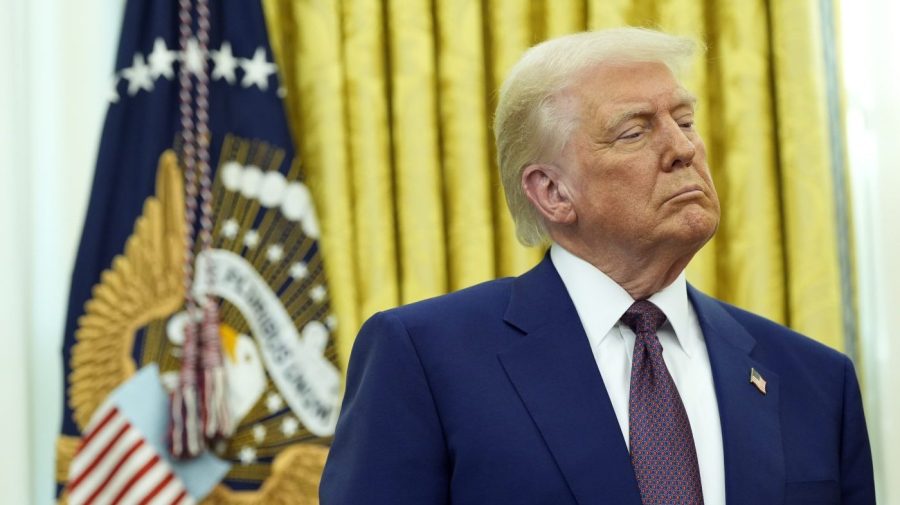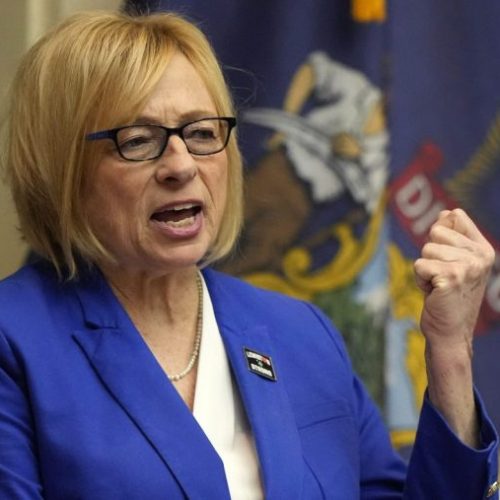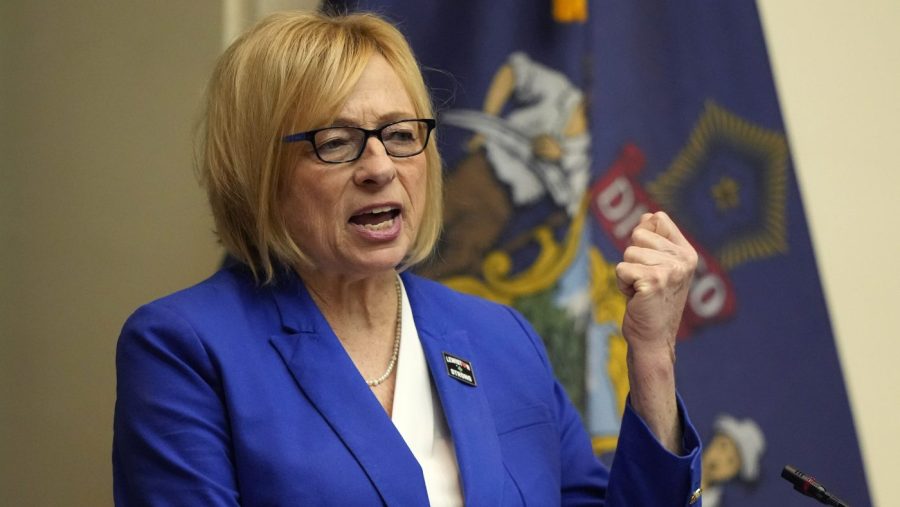Nobel Economist Warns of Stagflation Risk from Trump’s Policies
Joseph Stiglitz, a Nobel Prize-winning economist, has issued a stark warning about the potential economic consequences of Donald Trump’s proposed policies if he were to win a second term as president. Stiglitz argues that Trump’s economic plans could trigger stagflation in the United States, a dangerous economic condition characterized by high inflation, slow economic growth, and high unemployment.
Key Points:
1. Tariffs and Inflation: Trump’s proposed tariffs, including a 10% blanket tariff on all imports and a 60% tariff on Chinese goods, could lead to higher inflation.
2. Federal Reserve Independence: Trump’s suggestion that he would have “a say” in Federal Reserve decisions raises concerns about the central bank’s ability to combat inflation effectively.
3. Immigration Policy: Trump’s plans for mass deportations could reduce the labor supply, potentially exacerbating inflationary pressures.
4. Global Economic Impact: Stiglitz warns that Trump’s policies could spark a new Cold War and global economic slowdown.
Background:
Stagflation is a rare and challenging economic condition that combines high inflation with slow economic growth and high unemployment. It was last experienced in the United States during the 1970s, triggered by oil price shocks and monetary policy decisions. The concept challenges traditional economic theories, which typically suggest an inverse relationship between inflation and unemployment. Stagflation is particularly difficult for policymakers to address, as measures to combat one aspect often exacerbate the others.
Different Perspectives:
While Stiglitz and many mainstream economists express concern about Trump’s economic proposals, supporters of Trump’s policies argue that his first term saw low inflation despite implementing tariffs. However, critics point out that the economic landscape has changed significantly since then, with the current inflationary environment making the impact of such policies potentially more severe. Some economists, like those at the Peterson Institute for International Economics, predict that Trump’s policies could push inflation to between 6% and 9.3% by 2026, compared to a baseline forecast of 1.9%.
Potential Impact:
1. Consumer Costs: Higher tariffs could lead to increased prices for imported goods, affecting a wide range of consumer products.
2. Economic Growth: The combination of higher interest rates (to combat inflation) and potential retaliation from trading partners could slow economic growth.
3. Global Trade: Increased tariffs and trade tensions could disrupt global supply chains and international trade relationships.
4. Labor Market: Mass deportations could lead to labor shortages in certain sectors, potentially driving up wages and prices.
5. Monetary Policy: Reduced Federal Reserve independence could complicate efforts to manage inflation and economic stability.
Why It’s Important:
The potential for stagflation poses significant risks to economic stability and quality of life. High inflation erodes purchasing power, while slow growth and high unemployment can lead to financial hardship for many Americans. Moreover, the global implications of such policies could affect international relations and the world economy. As the 2025 presidential election approaches, understanding the potential economic consequences of different policy proposals becomes crucial for informed decision-making by voters and policymakers alike.









